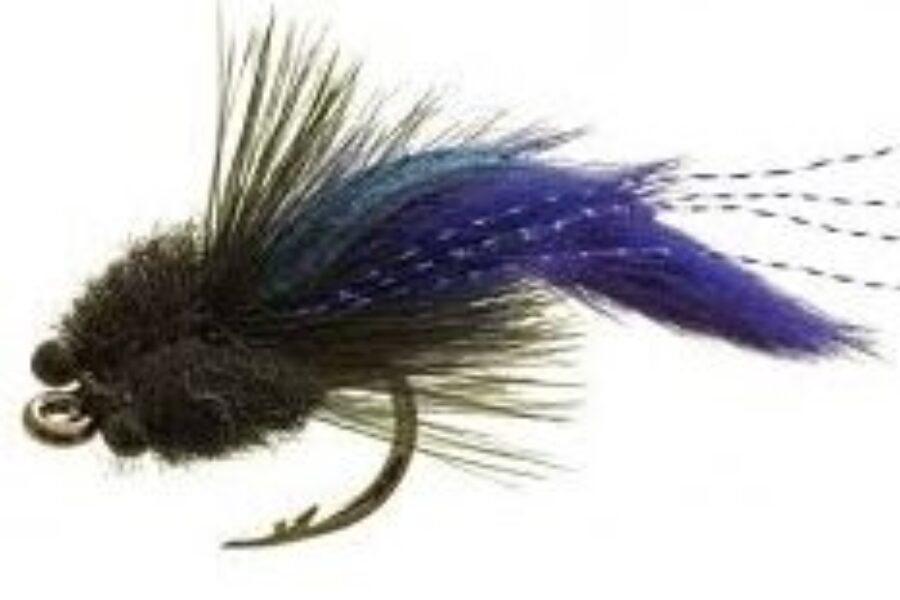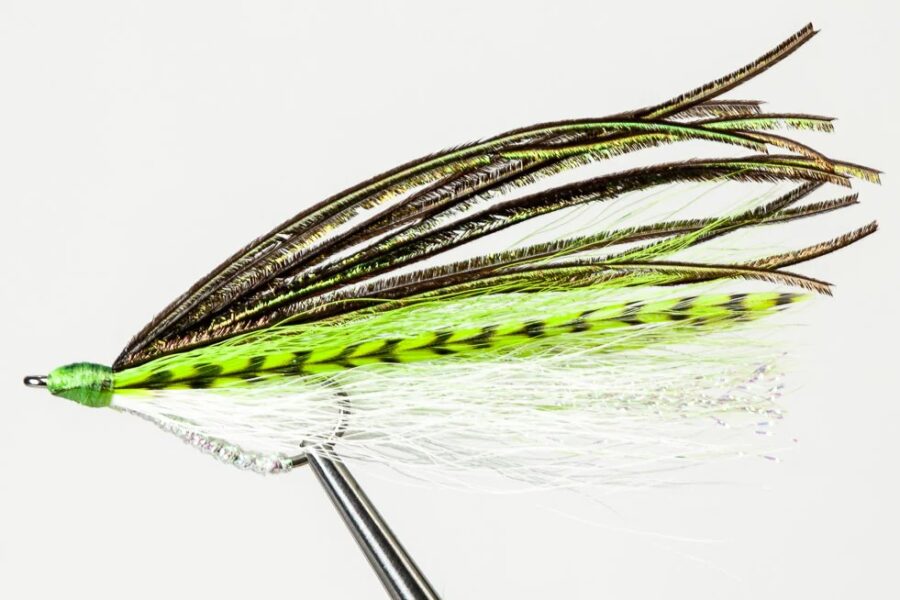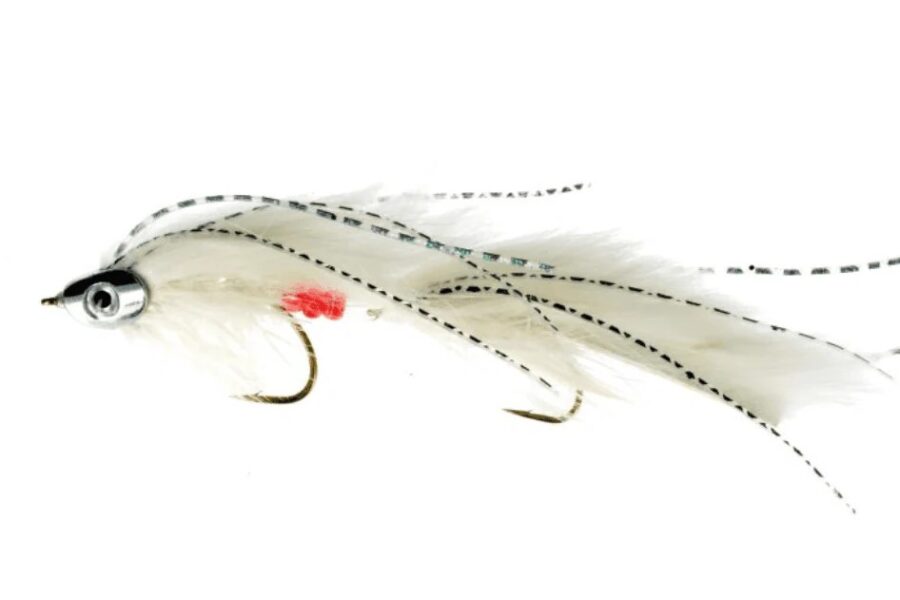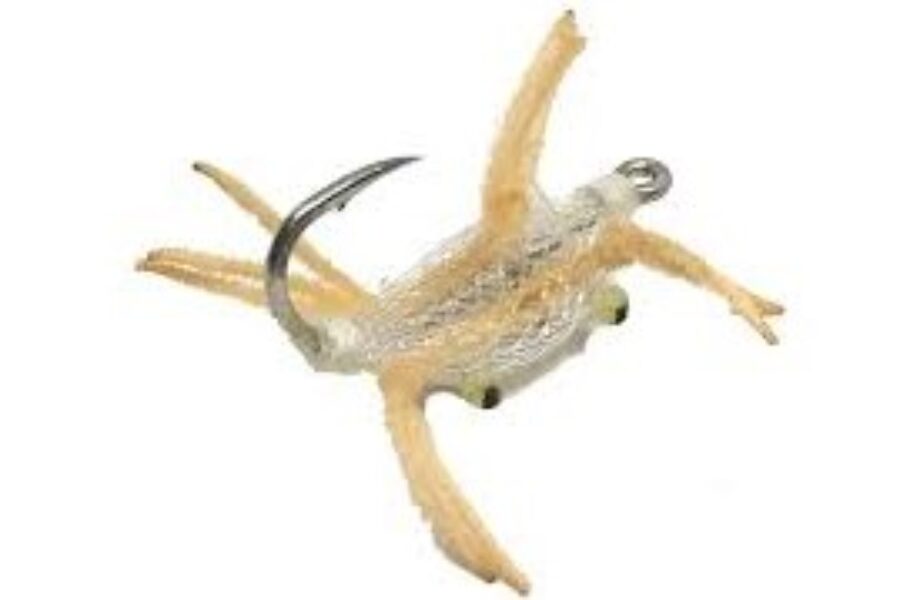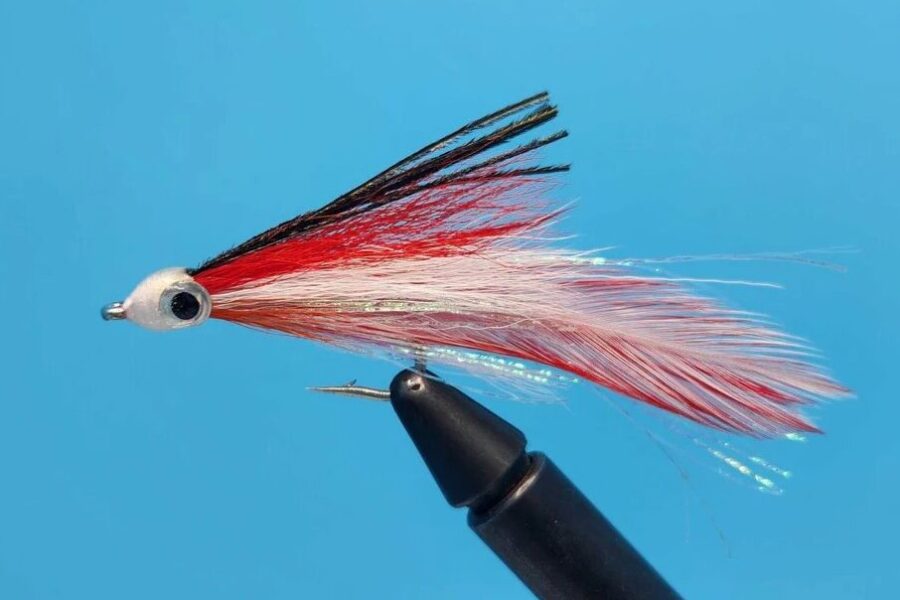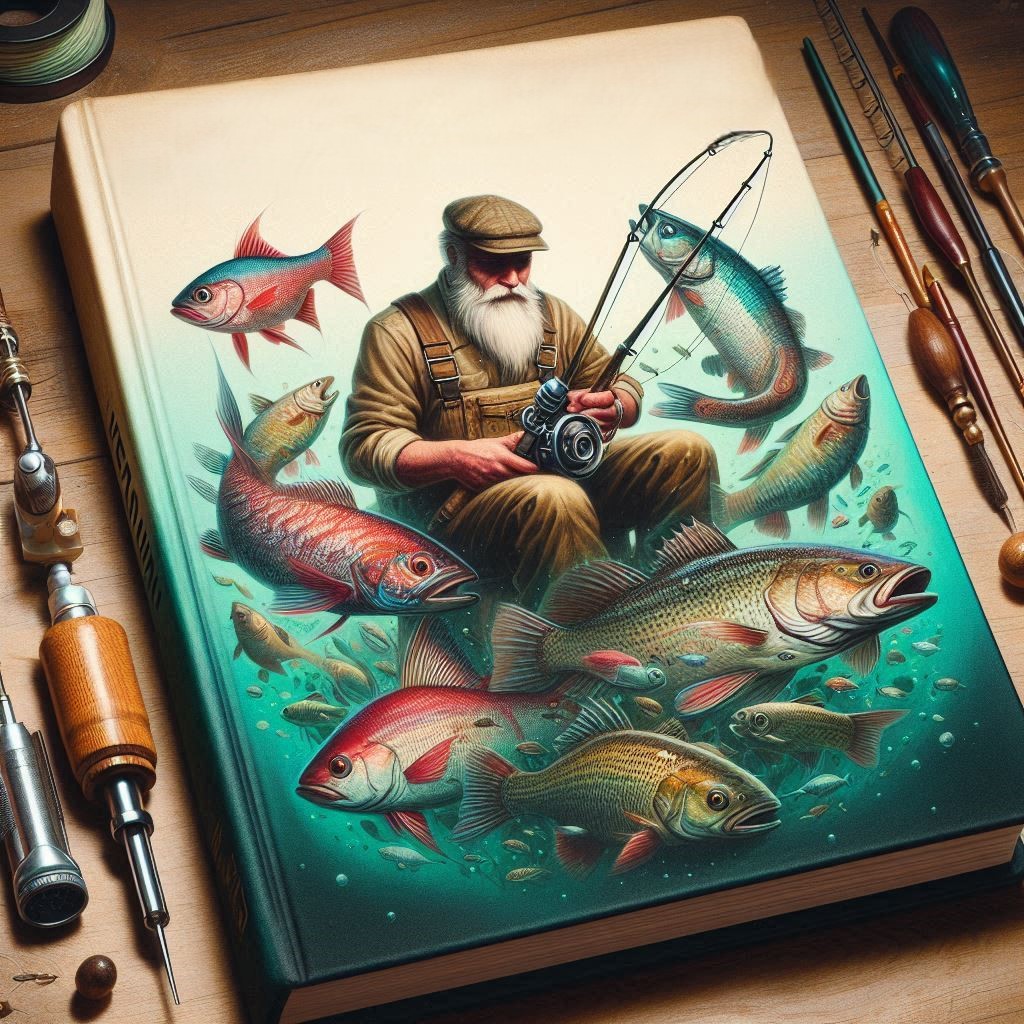Essential Fishing Tips Complete Guide for Anglers
Fishing is a beloved pastime enjoyed by millions of people around the world. For avid anglers, the thrill of the catch and the peace of being out on the water is unparalleled. Whether you’re a seasoned pro or a newcomer to the sport, there’s always room to improve your skills and learn new techniques. In this article, we’ll explore some essential tips to help you become a better fisherman and increase your chances of reeling in that elusive trophy catch.
Fundamental Fishing Techniques
Mastering Stealth and Camouflage
One of the most important things to keep in mind when fishing is to wear clothing that blends in with your surroundings. Fish can be easily spooked by bright colors or noticeable patterns, so it’s best to opt for muted tones and natural hues. Think greens, browns, and grays that will help you blend into the background and avoid drawing unwanted attention to yourself. By minimizing your visibility, you’ll be able to get closer to the fish without scaring them away.
Reading Natural Fish Indicators
Experienced anglers know that birds can be a valuable indicator of where the fish are biting. Many species of birds, such as seagulls and osprey, feed on fish by diving down and snatching them from the water’s surface. If you spot a group of birds congregating in a particular area, there’s a good chance that there are fish nearby. Keep an eye on their behavior and look for signs of feeding activity, such as birds hovering over the water or diving repeatedly. By following the birds, you may just find yourself in the middle of a fishing hotspot.
Understanding Fish Habitat
When it comes to locating fish, depth is a crucial factor to consider. Many species of fish tend to congregate in deeper waters, particularly during the heat of the day or when seeking shelter from predators. Look for areas with steep drop-offs, submerged rocks, or ledges, as these structures often attract fish. If you’re fishing from a boat, a fish finder can be an invaluable tool for identifying deep water pockets and underwater features that may be holding fish. Once you’ve found a promising location, make a mental note of it so you can return in the future.
Technical Skills and Equipment
Essential Knot Mastery
One of the most fundamental skills for any fisherman is tying a reliable knot. The improved clinch knot is a popular choice for attaching hooks or lures to your fishing line, thanks to its strength and simplicity. To tie this knot, start by threading the end of your line through the eye of the hook, then double back and make five or six turns around the standing line. Next, pass the end of the line through the first loop formed behind the eye, then through the big loop. Moisten the knot with saliva or water, and pull both ends to tighten. With a little practice, you’ll be able to tie the improved clinch knot quickly and confidently, even in low-light conditions.
Strategic Lure Selection
When it comes to selecting lures, color can play a significant role in attracting fish. Many anglers swear by certain colors for specific situations, such as using white or light-colored lures on overcast days or in murky water. For bass fishing, grubs in shades of white, yellow, or light gray are often effective, particularly those with light-reflecting flecks that mimic the appearance of natural bait fish. If the fish don’t seem to be responding to your current lure selection, don’t be afraid to experiment with different colors until you find what works best.
Advanced Knot Techniques
When tying knots in your fishing line, it’s a good idea to moisten the line with saliva or water before cinching it tight. This simple step helps to reduce friction and heat buildup as you pull the knot tight, which can weaken the line and increase the risk of breakage. Wetting the line also helps the knot to slide smoothly into place, resulting in a tighter, more secure connection. This is especially important when using braided line or tying knots in heavy cover, where abrasion and snags can put extra stress on your knots.
Responsible Angling Practices
Understanding Fishing Regulations
Before heading out on any fishing trip, it’s essential to familiarize yourself with the local fishing laws and regulations. These rules can vary widely depending on where you’re fishing, and ignorance is no excuse for breaking the law. Some areas may have restrictions on the types of bait you can use, the size and quantity of fish you can keep, or the seasons in which certain species can be caught. Take the time to research the regulations for your specific location and obtain any necessary licenses or permits. By being a responsible angler and following the rules, you’ll help ensure the sustainability of fish populations for generations to come.
Safety Considerations
Fishing from the bank can be a relaxing and enjoyable experience, but it’s important to be mindful of fire safety. Many anglers smoke cigarettes while fishing, and it’s all too easy for a stray ember to ignite dry grass or foliage along the shoreline. Always dispose of cigarette butts properly and avoid smoking in areas with dense vegetation. If you’re using a portable stove or lantern, make sure to place it on a stable surface away from flammable materials. By taking a few simple precautions, you can prevent accidents and ensure a safe and enjoyable fishing experience for everyone.
Proper Fish Handling Methods
If you’re lucky enough to land a fish, it’s important to handle it with care to minimize stress and injury. If you plan to release the fish, avoid removing it from the water if possible. Use a rubber net or soft, wet hands to support the fish’s body, and avoid squeezing or holding it by the gills. If you need to remove a hook, use a pair of pliers or hemostats to grasp the shank and gently twist it free. If the fish is hooked deeply or the hook cannot be removed easily, it’s often best to cut the line as close to the hook as possible and release the fish with the hook still in place. By treating your catch with respect and care, you’ll help ensure its survival and contribute to the overall health of the fish population.
Building Angling Excellence
Respecting Fellow Anglers
In addition to following local regulations, it’s important to practice good fishing etiquette to ensure an enjoyable experience for everyone on the water. This includes being respectful of other anglers’ space, keeping noise to a minimum, and properly disposing of any trash or debris. If you’re fishing from a boat, be mindful of your wake and avoid running too close to other boats or shore-bound anglers. When fishing in popular areas, be willing to share the best spots and avoid monopolizing the most productive water. By being a courteous and considerate angler, you’ll help foster a sense of community and camaraderie among your fellow fishermen.
Developing Angler’s Patience
Perhaps the most important quality for any successful fisherman is patience. Fishing is rarely a fast-paced or action-packed pursuit, and there will be times when the fish simply aren’t biting. It’s easy to get discouraged when you’ve been on the water for hours without a single nibble, but the key is to stay focused and persistent. Use slow periods as an opportunity to experiment with different lures, techniques, or locations. Take in the beauty of your surroundings and enjoy the peace and solitude that fishing provides. Remember, even the most experienced anglers have off days, and the thrill of finally hooking into a big fish is well worth the wait.
In conclusion, becoming a better fisherman is a lifelong journey that requires patience, dedication, and a willingness to learn. By following the tips and techniques outlined in this article, you’ll be well on your way to improving your skills and increasing your chances of success on the water. Whether you’re a seasoned pro or a newcomer to the sport, there’s always room for growth and improvement. So get out there, wet a line, and enjoy all that the wonderful world of fishing has to offer.

